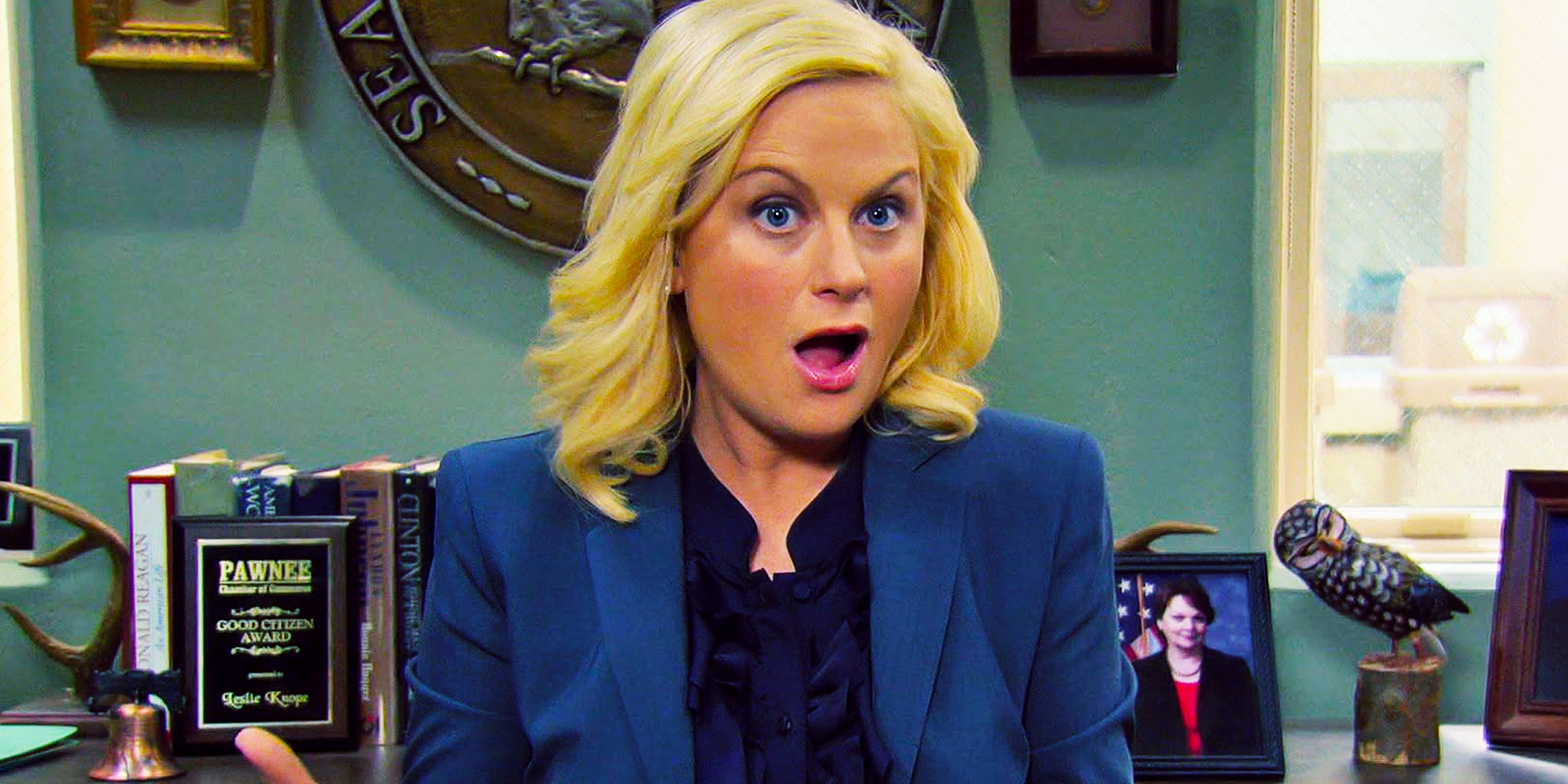
Parks and Recreation, initially an NBC series from creators Greg Daniels and Michael Schur, started off in 2009 and spanned over seven seasons until 2015. Despite facing some challenges early on, it evolved to become one of the outstanding sitcoms of the 2010s. This acclaimed show captivated audiences with its unique blend of characters, storylines, and humor, standing out among many other sitcoms that graced our screens during the decade. The series finale was particularly remarkable, solidifying its place as a standout in television history.
The series, known as “Parks and Rec,” revolves around Leslie Knope, a dedicated bureaucrat with a zest for life (portrayed by Amy Poehler). Alongside her colleagues and friends at the Parks Department, Leslie navigated through numerous highs and lows in both her professional and personal journey over seven seasons. Leslie’s companions were always by her side, offering support and occasionally stealing the limelight from her. Despite “Parks and Rec” being lauded as one of the greatest sitcoms ever produced today, its initial season faced challenges. However, with four significant adjustments, the show significantly improved in its later seasons.
Parks & Rec Changing Leslie Knope’s Character Gave Viewers Someone To Root For
Leslie Knope Had To Change For Parks & Rec To Succeed
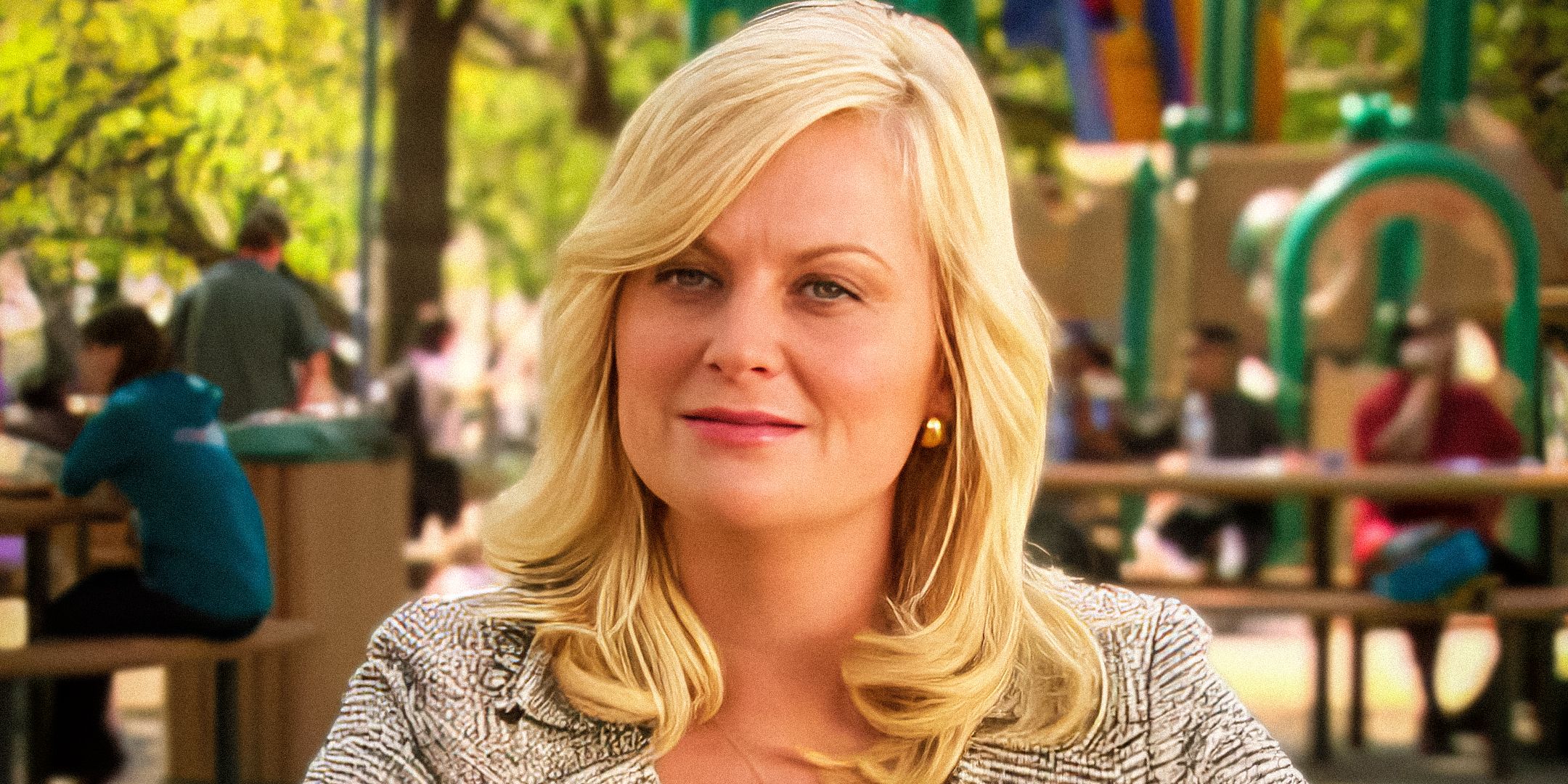
In every season of “Parks and Recreation,” Leslie Knope took center stage, but she wasn’t always the charming and amusing character we all recall. It’s common knowledge that “Parks and Rec” experienced its weakest season during its initial run, and a significant factor behind this was Leslie herself. The first season of “Parks and Rec” was initially designed as a spinoff from “The Office,” and due to the production being hastily accelerated to meet the scheduled air date (following delays due to Poehler’s pregnancy), the first season ended up feeling like an imitation of “The Office.
Initially, Leslie was often compared to Michael Scott due to her perceived similarities as a female character. However, she faced criticism for being unoriginal, lacking depth, and underdeveloped. Interestingly, the portrayal of Leslie in season 1 of “Parks and Rec” was quite intense and exaggerated, which some viewers found silly or even unintelligent. In truth, Leslie was far more complex than her initial portrayal suggested. This negative reception during season 1 resulted in lower ratings but also prompted the show’s creators to make necessary adjustments, particularly regarding Leslie’s character development.
Following the end of Parks and Recreation‘s first season, Leslie Knope started to reveal her emotional depth and softer side in subsequent episodes, making her interactions with other characters more authentic. This transformation made Leslie a much more relatable and endearing character, one that viewers could wholeheartedly support, something that might not have been possible had she remained as intense as she was in season 1.
Leaning Into The Rest Of The Parks & Rec Cast Gave The Series More Heart
Leslie’s Friends Were Key To Parks & Rec’s Success
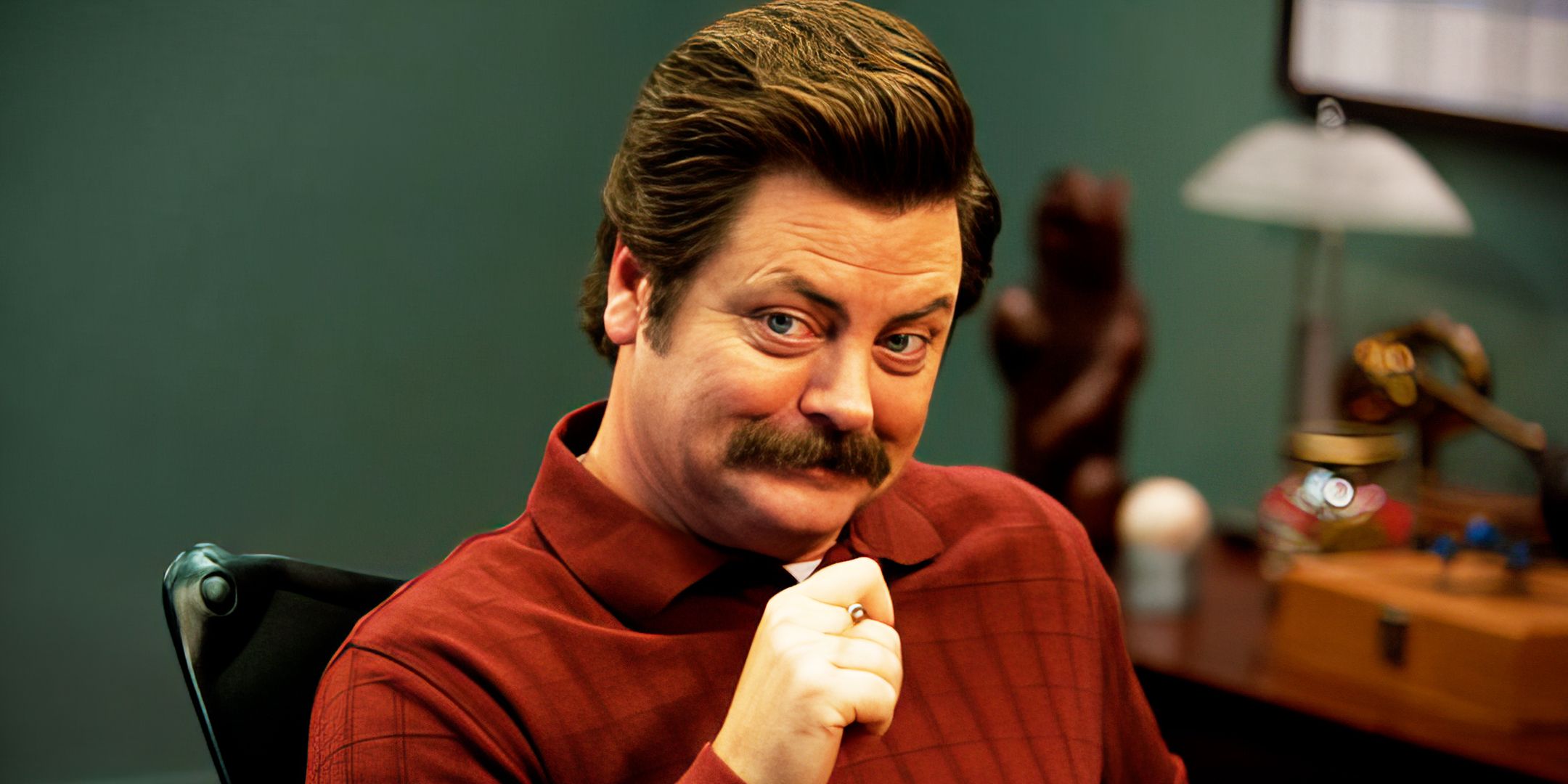
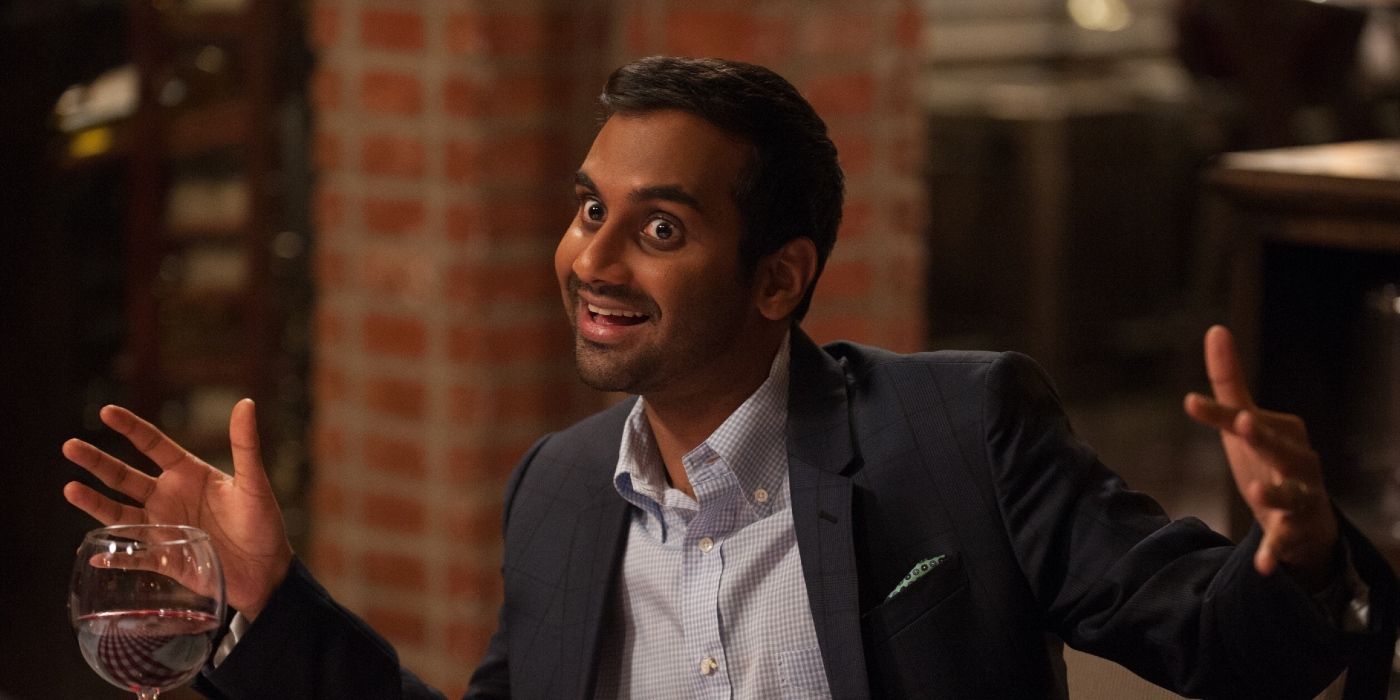
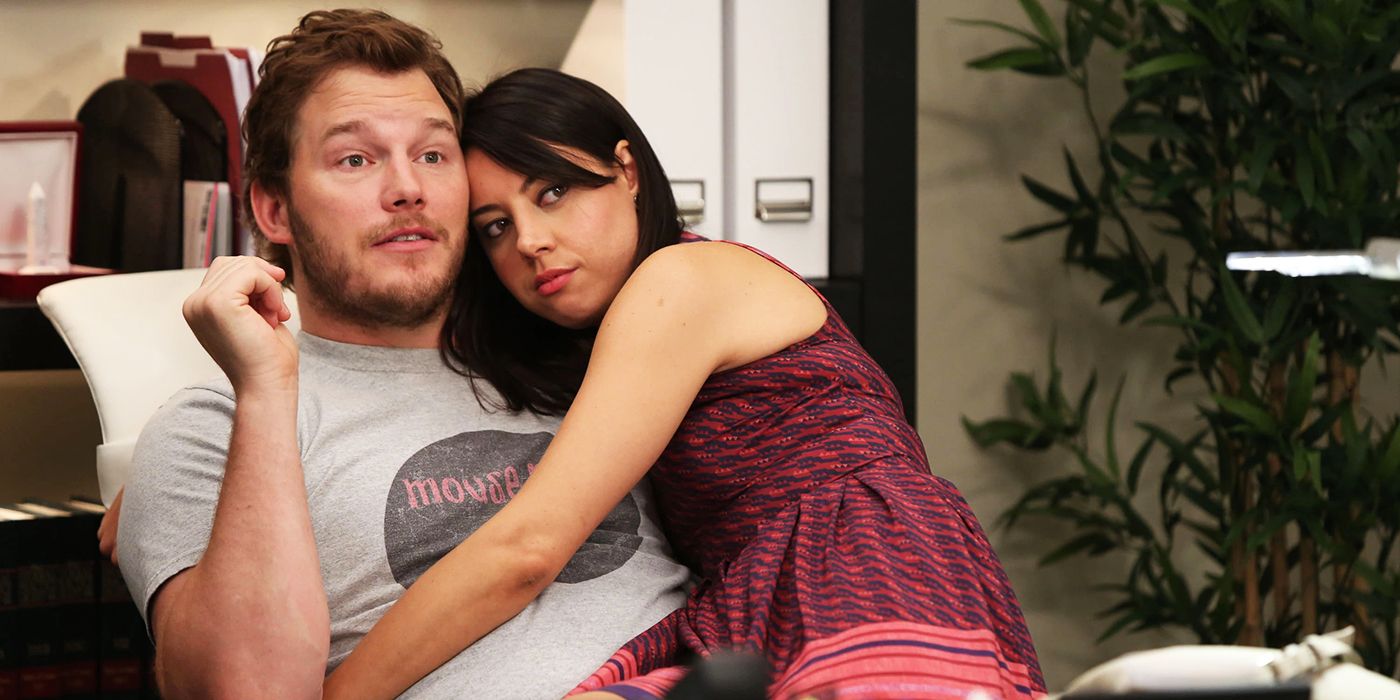
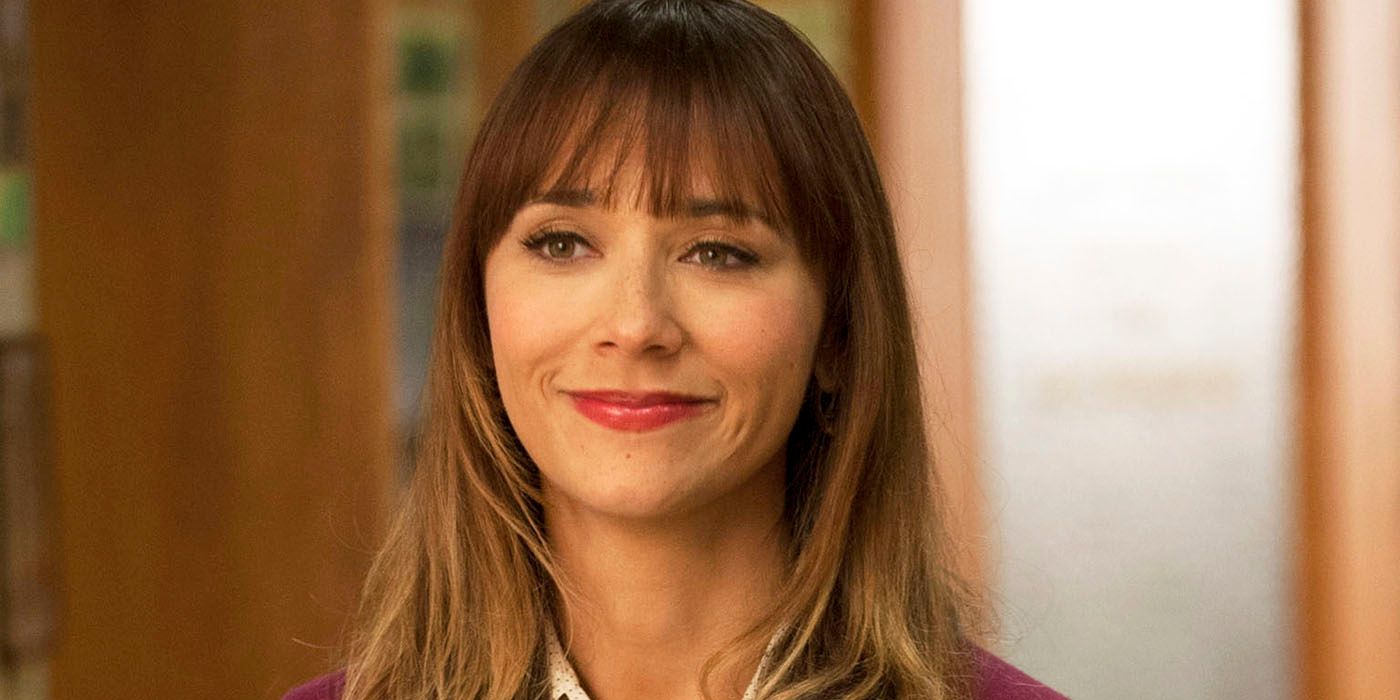
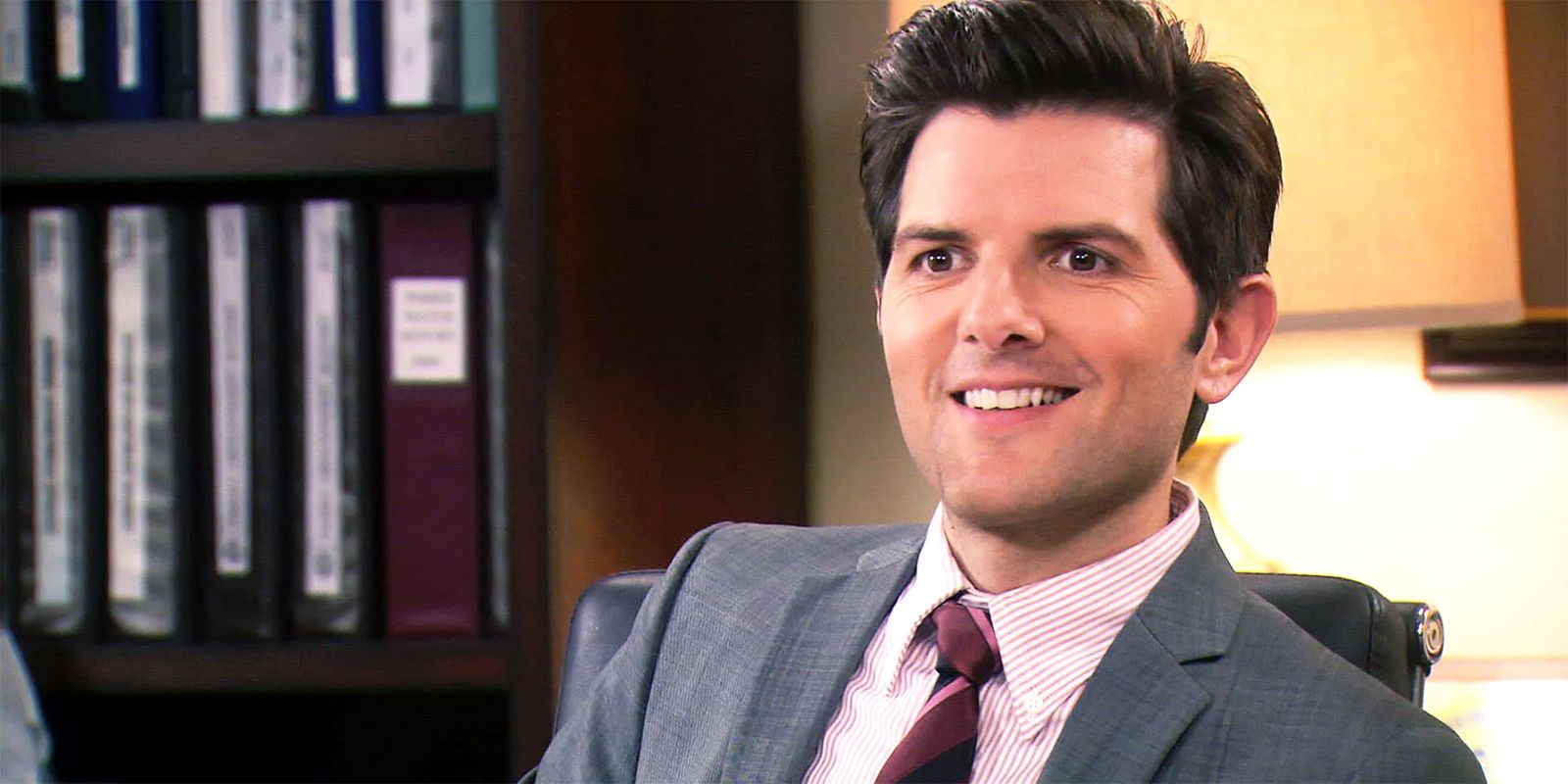
The pivotal shift in Leslie Knope’s character was crucial for the improvement of “Parks and Recreation” following its less-than-stellar first season, but there were other adjustments that needed to be made as well. In the initial season, we were introduced to Leslie’s coworkers and friends from the Parks Department, with Leslie serving as the primary focus. Given the talented comedians within the “Parks and Recreation” cast, it’s no wonder they shone even in the show’s less-than-spectacular first season. Fortunately, the creative team behind “Parks and Recreation” recognized the potential of their ensemble and effectively utilized it in subsequent seasons.
In “Parks and Recreation,” Leslie Knope remained the central figure, but the show gave ample attention to the entire cast, particularly Ron Swanson, Ann Perkins, April Ludgate, Tom Haverford, and Andy Dwyer. This approach enabled each main character to develop friendships and relationships, thereby fostering a stronger bond with viewers.
Having a diverse ensemble in Parks and Recreation added richness and depth to the series, as it expanded beyond Leslie Knope’s storyline. Each character had their own unique narrative and interactions, which were essential for the show to reach its full potential. While Leslie Knope is exceptional, the other cast members played a crucial role in making Parks and Recreation truly shine.
The Sitcom’s Change In Tone Made It Much More Fun To Watch After Season 1
Parks & Rec Really Took Off After Its First Season
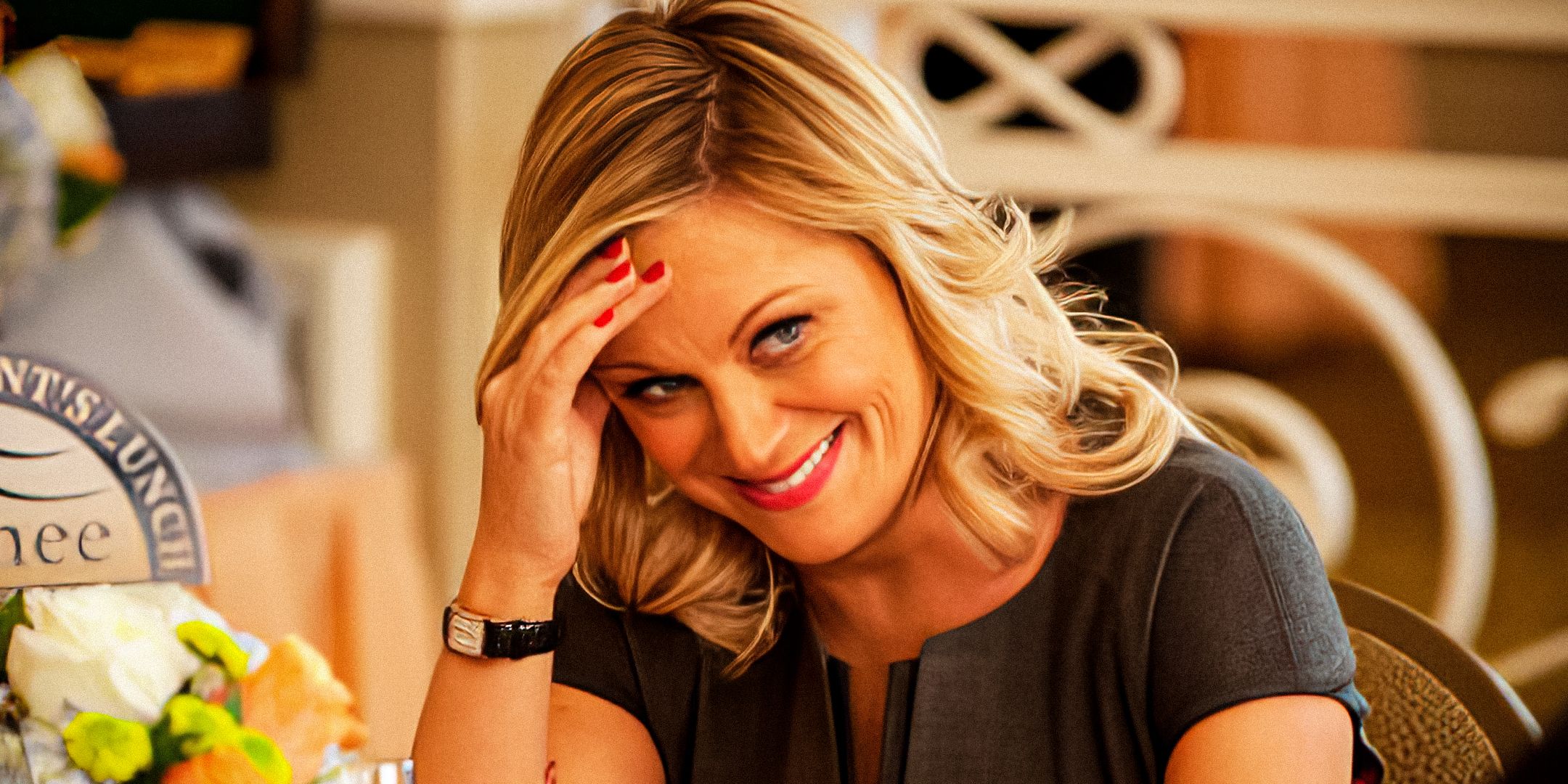
One significant issue with Parks and Recreation‘s first season was its inconsistent tone. Although it was clear that the show was meant to be a comedy, the tone fluctuated unpredictably. This inconsistency in tone might be explained by the fact that production had to be hurriedly completed. In the DVD commentary for Parks and Recreation season 1, Danials and Schur admitted that they aimed to create a distinct tone through camera work and style for the pilot episode, setting it apart from The Office, but they didn’t manage to achieve this goal fully.
As the series progressed, “Parks and Rec” maintained its mockumentary format but softened it significantly from the first season to the point where it often seemed different. In contrast, the initial season of “Parks and Rec” was noticeably gloomier and more sarcastic than later seasons, despite being a sitcom. However, the show lightened up, became much more enjoyable, and gained a stronger connection with viewers, which ultimately helped save it.
Mark Brendanawicz’s Departure Worked In Parks & Rec’s Favor
Mark Needed To Go For Parks & Rec To Improve
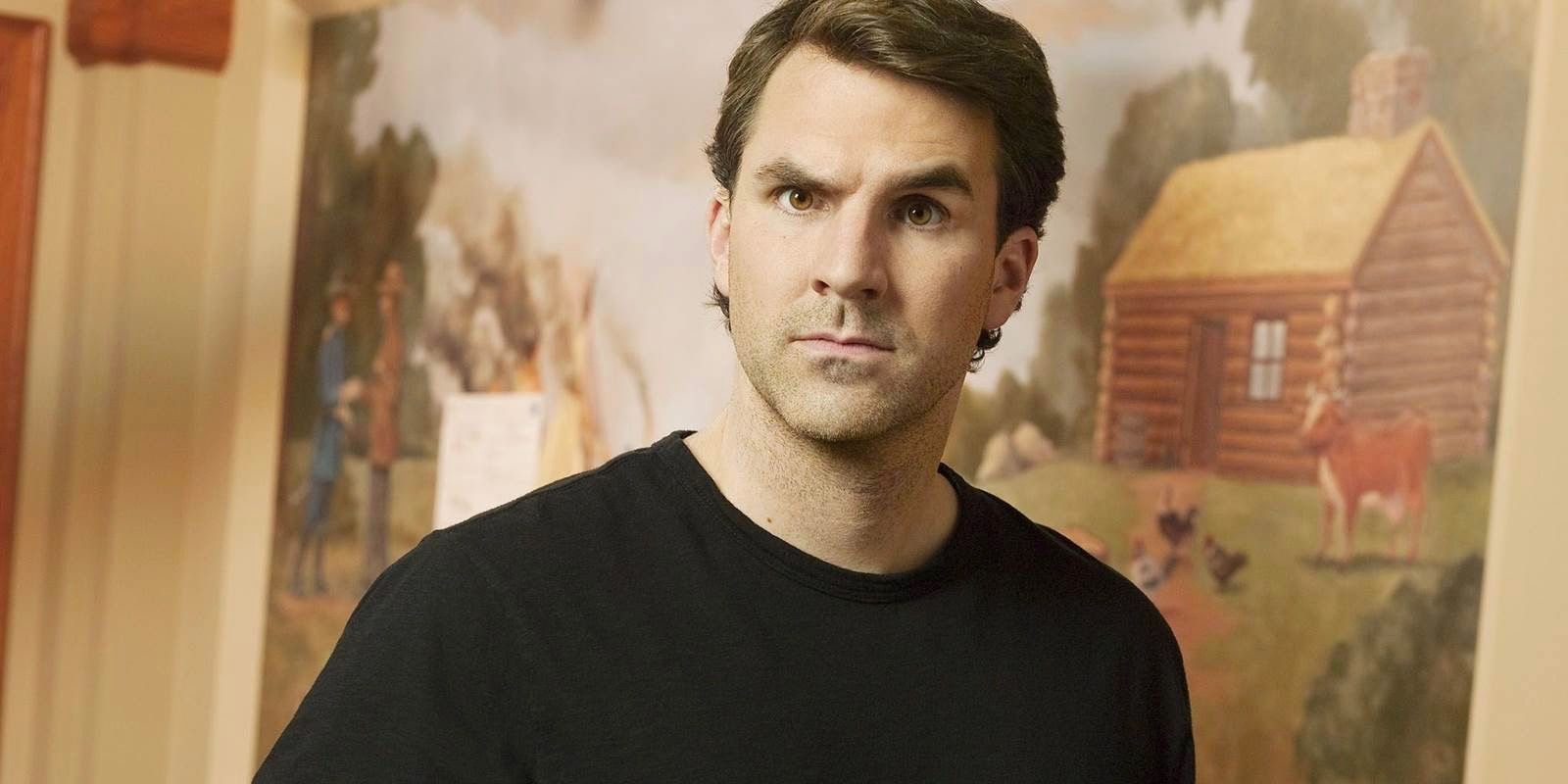
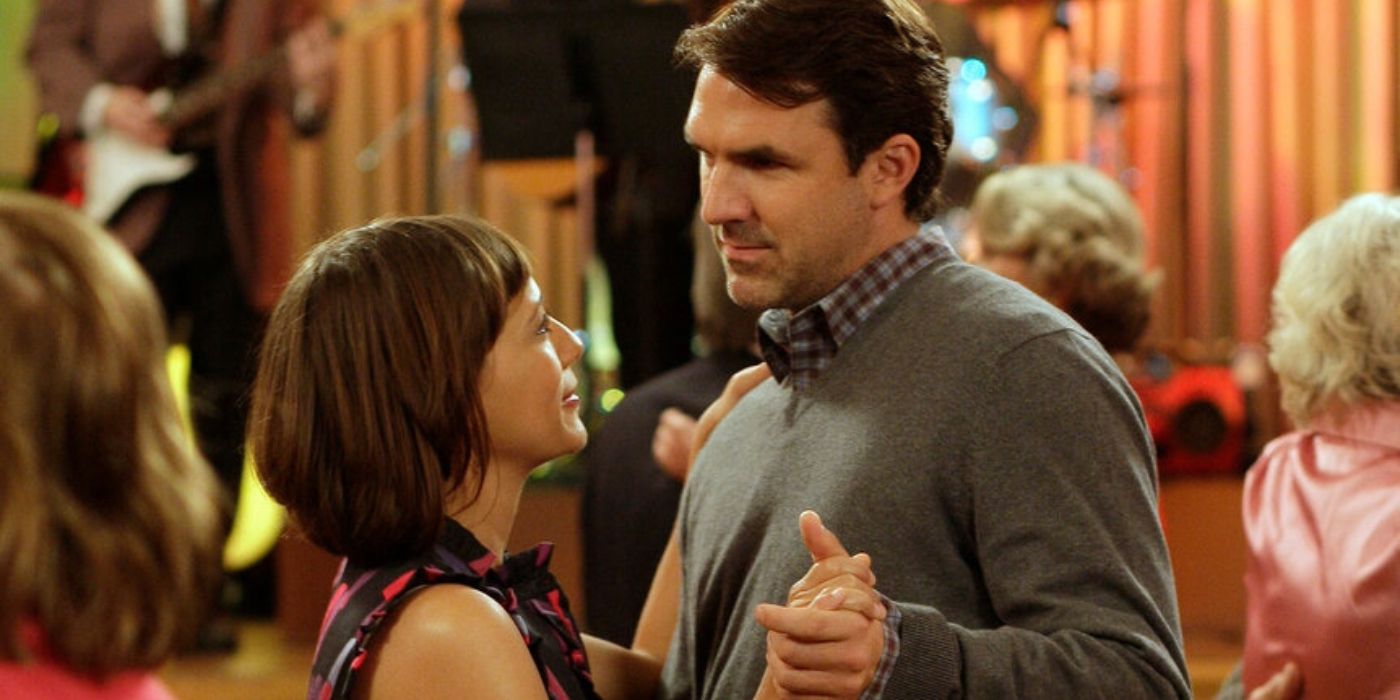
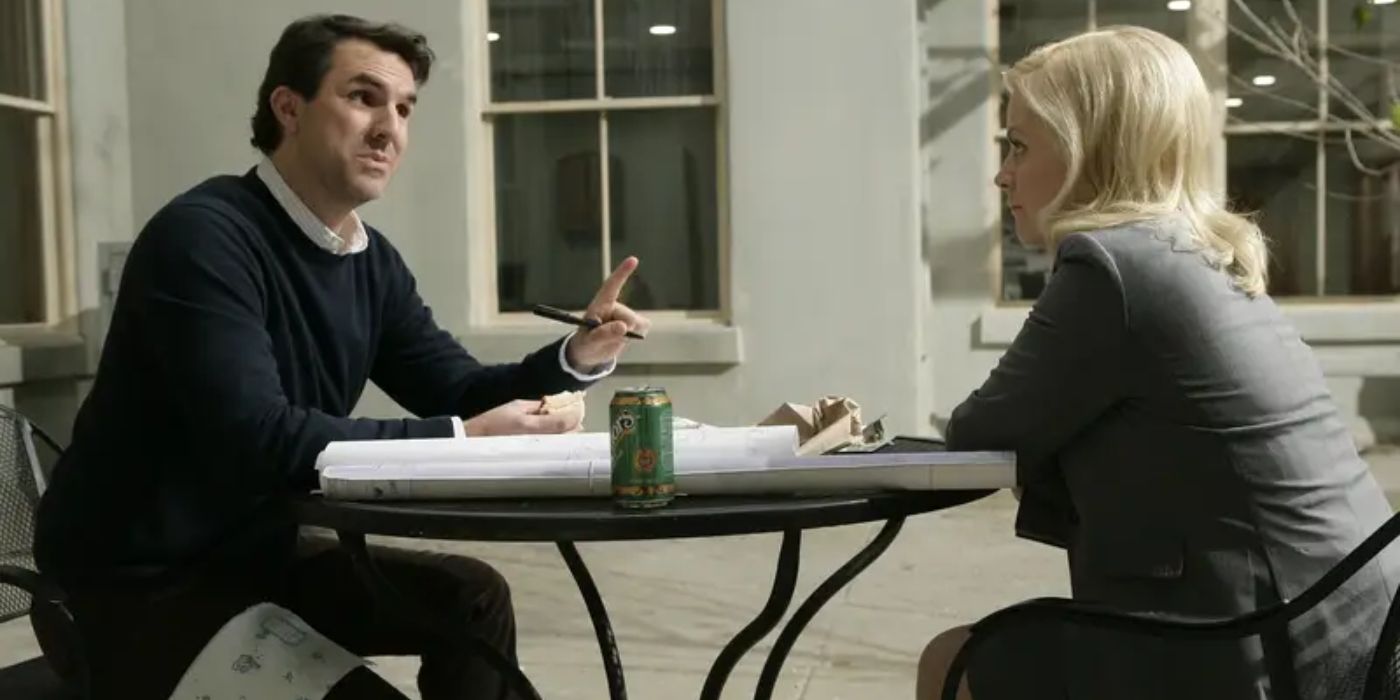
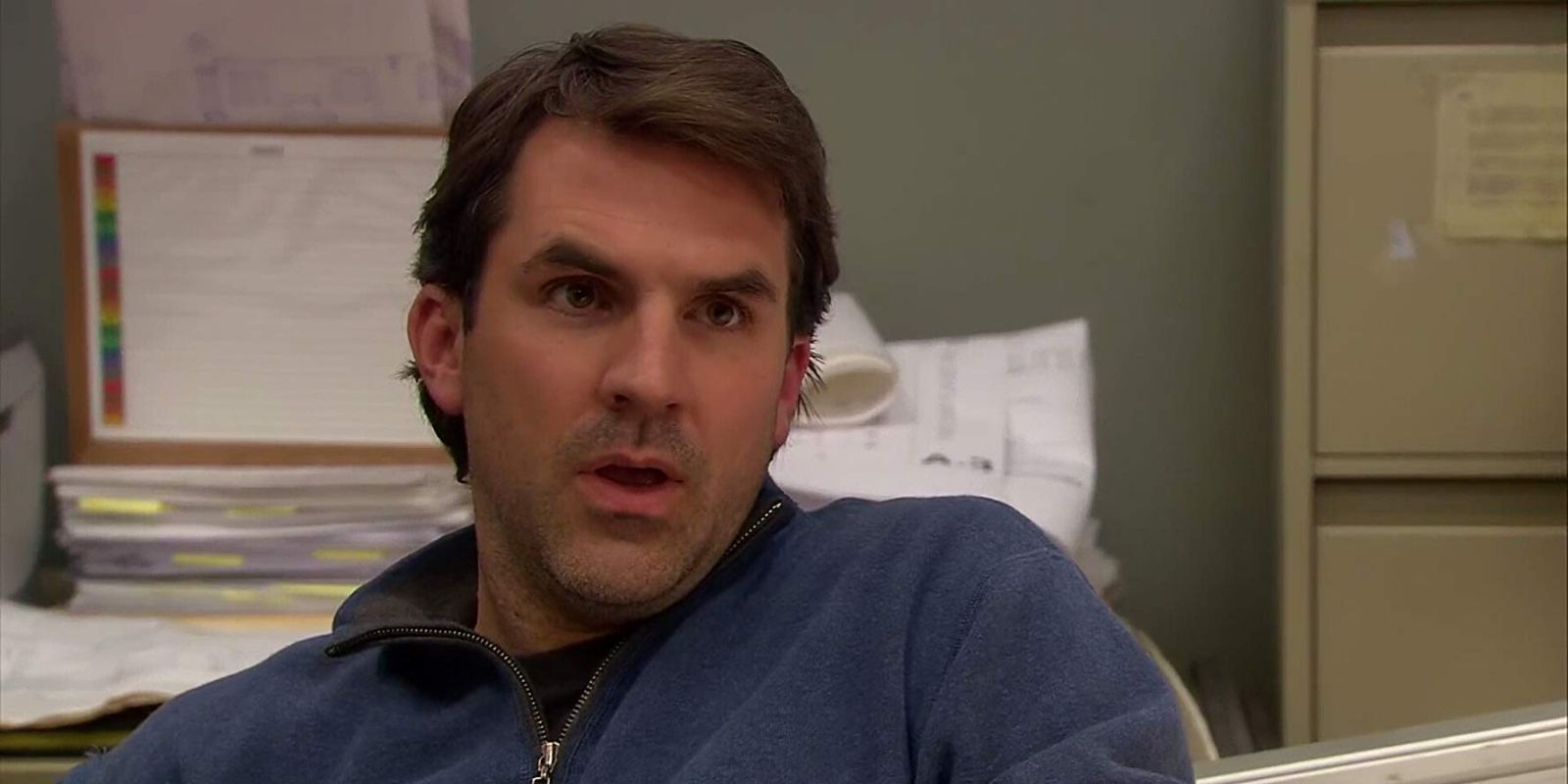
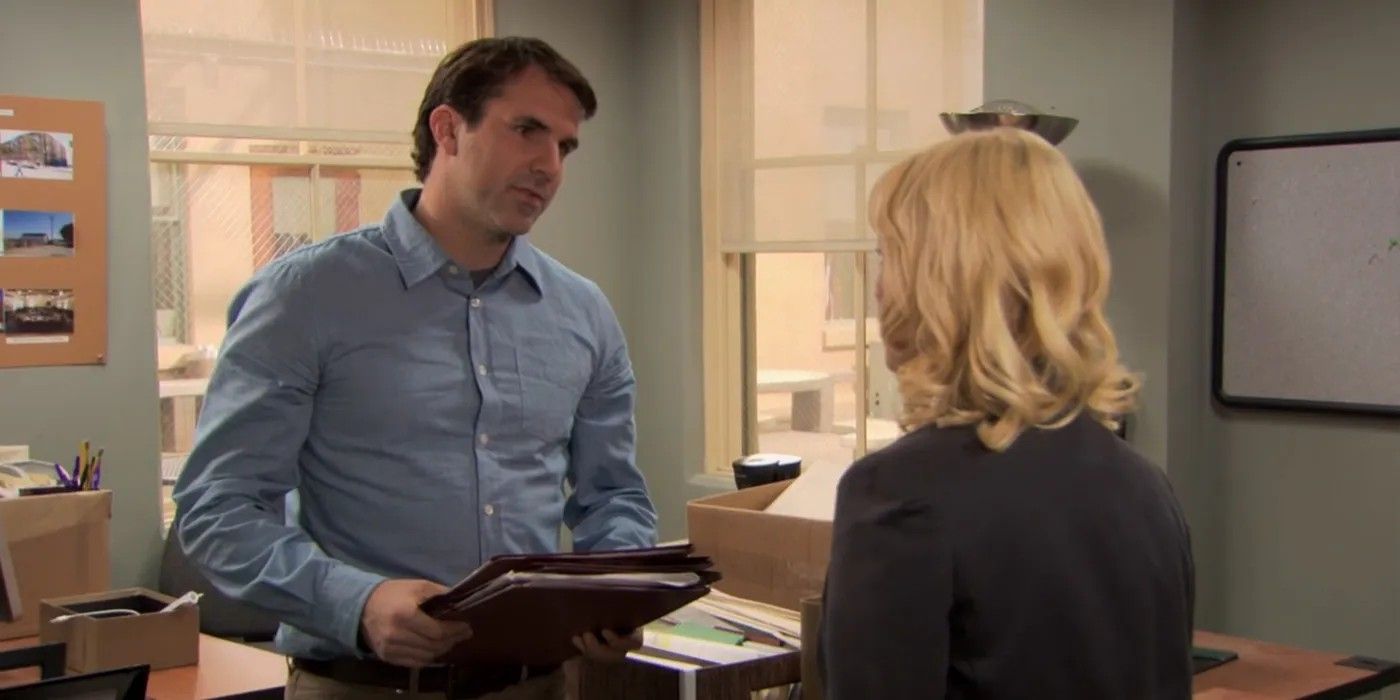
In the first season of “Parks and Rec,” certain characters took center stage, while others were written off. Among these latter characters was Mark Brendanawicz, played by Paul Schneider, who joined the cast as Pawnee’s city planner and Leslie’s colleague, with a past history with her as well. Although he was initially set up as a potential love interest for Leslie and even a love triangle involving Ann, Mark failed to win over viewers due to his unappealing character traits. In fact, Mark was one of the most boring characters on Parks and Rec, lacking any charm or qualities that would make audiences invest in his romantic relationships with Leslie and/or Ann.
In the second season of “Parks and Recreation”, Mark reappeared, but he departed from the Parks Department by the end. Off-screen, Schneider parted ways with “Parks and Rec” as his popularity grew in independent movies and because Mark’s character was shifted from government to private sector. In hindsight, releasing Mark from the show turned out to be a shrewd move by the creators, as it paved the way for stronger characters and a more suitable romantic pairing for Leslie: Ben Wyatt (Adam Scott).
Mark leaving opened up a new phase for Ann, as she embarked on her personal growth journey by dating multiple men before finding her match in Chris Traeger (portrayed by Rob Lower). Such alterations significantly contributed to the unique charm and excellence that Parks and Recreation came to be known for, making it one of the most memorable sitcoms of the past ten years.
Read More
- Clash Royale Best Boss Bandit Champion decks
- Clash Royale December 2025: Events, Challenges, Tournaments, and Rewards
- Clash Royale Witch Evolution best decks guide
- Clash Royale Furnace Evolution best decks guide
- Mobile Legends December 2025 Leaks: Upcoming new skins, heroes, events and more
- Mobile Legends X SpongeBob Collab Skins: All MLBB skins, prices and availability
- Mobile Legends November 2025 Leaks: Upcoming new heroes, skins, events and more
- BLEACH: Soul Resonance: The Complete Combat System Guide and Tips
- The Most Underrated ’90s Game Has the Best Gameplay in Video Game History
- JoJo’s Bizarre Adventure: Ora Ora Overdrive unites iconic characters in a sim RPG, launching on mobile this fall
2025-05-23 18:48